Do you find the idea of trimming your dog’s nails intimidating?
It’s a task many pet owners dread, fearing they might accidentally hurt their furry friends. However, nail trimming is an essential part of dog grooming to maintain their health and comfort.
With the right technique and approach, you can make this process stress-free for both you and your canine companion.
In this comprehensive guide, we’ll delve into everything you need to know about proper dog nail trimming techniques.
Contents Overview
Importance of Nail Trimming for Dogs
Before we dive into the techniques, let’s understand why nail trimming is crucial for your dog’s well-being:
1- Prevents Overgrowth and Curling
Long nails can curl back into the paw pad, causing discomfort, pain, and even infections.
Overgrown nails can alter your dog’s gait, leading to joint problems and difficulty in walking.
2- Avoids Painful Splintering
Overgrown nails are prone to splitting or breaking, which can be painful for your dog.
3- Promotes Healthy Posture
Properly trimmed nails ensure your dog maintains good posture and balance, which is essential for overall health.
4- Minimizes Damage to Floors and Furniture
Short nails reduce the likelihood of scratches and damage to your floors and furniture caused by your dog’s scratching behavior.
Tools Needed for Nail Trimming
Before you begin, gather the necessary tools:
A- Dog Nail Clippers
Choose clippers specifically designed for dogs, available in different styles such as guillotine-style or scissor-style.
B- Styptic Powder
In case you accidentally cut the quick (the blood vessel inside the nail), styptic powder helps stop bleeding.
C- Treats
Have plenty of treats on hand to reward your dog and make the experience positive.
Proper Technique: Step-by-Step Guide to Nail Trimming
1- Prepare Your Dog
Introduction: Before diving into the nail trimming process, it’s essential to prepare your dog both physically and mentally. Understand the signs of overgrown nails in dogs to ensure your pet’s comfort and well-being.
Handling Paws: Start by gently handling your dog’s paws during cuddle sessions or playtime. Gradually increase the duration of paw-handling sessions.
Positive Reinforcement: Offer treats and praise whenever your dog allows you to handle their paws. This positive association helps reduce anxiety during nail trimming.
Desensitization: Introduce the sound of nail clippers or grinders gradually to desensitize your dog to the noise.
2- Choose a Quiet Environment
Importance of Environment: Selecting a calm and quiet environment minimizes distractions and helps keep your dog relaxed during the grooming process.
Familiar Setting: Opt for a familiar location where your dog feels comfortable, such as a quiet room in your home or a designated grooming area.
Avoid Distractions: Turn off TVs, radios, or other sources of noise that may startle your dog during the nail trimming session.
3- Inspect the Nails
Understanding the Anatomy: Familiarize yourself with the anatomy of your dog’s nails. Identify the quick, which is the pink area within the nail that contains blood vessels and nerves.
Clear Visualization: Use adequate lighting and gently press on the nail to extend it, allowing for a clear view of the quick.
Identifying the Quick: The quick is more visible in light-colored nails but may be challenging to see in dark-colored nails.
4- Select a Position
Comfortable Positioning: Choose a position that is comfortable for both you and your dog. Options include sitting on the floor with your dog or using a grooming table if available.
Secure Restraint: If your dog is restless, consider enlisting the help of a second person to gently restrain them or use a non-restrictive harness to secure them in place.
5- Trim Gradually
Proper Technique: Hold the dog’s paw firmly but gently, ensuring a steady grip to prevent accidental slips.
Trimming Angle: Position the clippers or grinder at a 45-degree angle and trim small amounts of the nail at a time.
Observation: Observe the nail closely while trimming, looking for a solid, chalky center indicating you’re nearing the quick.
6- Use Caution with Dark Nails
Extra Care: Dark-colored nails make it challenging to visualize the quick. Trim conservatively, taking small amounts at a time.
Checking Progress: Examine the cross-section of the nail after each trim to assess your proximity to the quick.
7- Be Prepared for Bleeding
Safety Precautions: Take necessary safety precautions when trimming your dog’s nails to prevent accidents and ensure a positive grooming experience.
Accidents Happen: Despite taking precautions, accidental cutting of the quick may occur, leading to bleeding. Learn how to stop dog nail bleeding with these simple tips and techniques.
Styptic Powder: Have styptic powder or a styptic pencil on hand to immediately stop bleeding by applying gentle pressure to the affected area.
8- Reward and Praise
Positive Reinforcement: Throughout the nail trimming session, offer verbal praise and small treats to reward your dog’s cooperation and calm behavior.
Building Trust: Positive reinforcement helps build trust and strengthens the bond between you and your dog, making future grooming sessions more manageable.
9- Take Breaks
Recognizing Signs of Stress: Pay attention to your dog’s body language for signs of stress or discomfort, such as panting, lip licking, or attempting to pull away.
Breaks as Needed: If your dog becomes anxious or restless, take breaks to offer reassurance and allow them to relax before resuming the nail-trimming process.
By following these detailed steps and providing your furry companion with patience, positive reinforcement, and gentle handling, you can master the technique of dog nail trimming while ensuring a stress-free experience for both you and your beloved pet.
Tips for Success
Here are some additional tips to ensure a successful nail-trimming experience:
Take It Slow
Don’t rush the process; take your time and be patient with your dog.
Regular Maintenance
Trim your dog’s nails regularly to prevent overgrowth.
Stay Calm
Dogs can sense your emotions, so remain calm and composed throughout the procedure.
Seek Professional Help if Needed
If you’re uncomfortable trimming your dog’s nails or if your dog has dark nails that make it hard to see the quick, consult a professional groomer or veterinarian.
Bottom Line
Explore the importance of consistent nail maintenance for dogs to promote their overall health and prevent potential issues. Proper nail trimming is an essential aspect of dog care that contributes to their comfort, health, and well-being.
By following the techniques outlined in this guide and approaching the task with patience and care, you can make nail trimming a positive experience for both you and your furry friend.
Remember, consistency and gentle handling are key to mastering this grooming skill and keeping your dog’s nails in tip-top shape.

Introducing Angie Pistou, a certified Dog Groomer/Stylist trained at Sue Oliver Dog Grooming School. As a member of ICMG (International Certified Master Groomers), Angie is dedicated to excellence, currently working towards achieving Master Groomer Level 3.
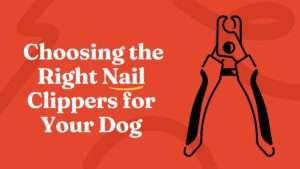
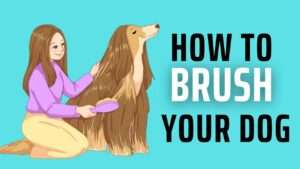
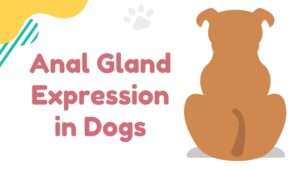
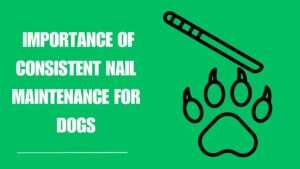
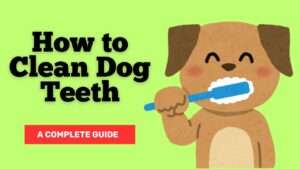

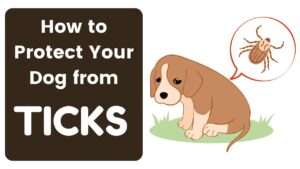
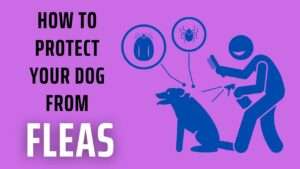
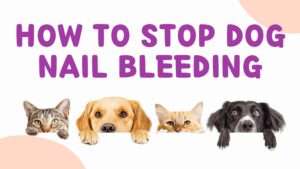
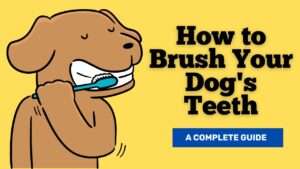
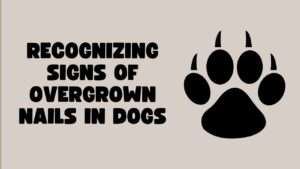
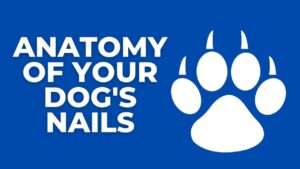
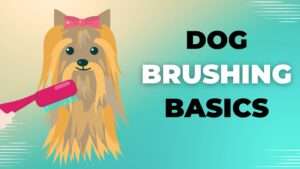
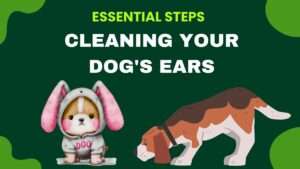

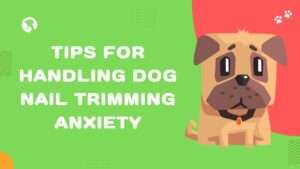
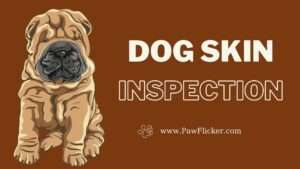
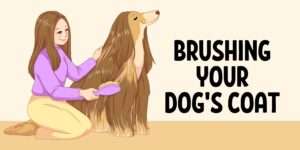

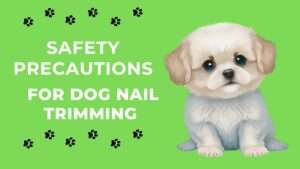

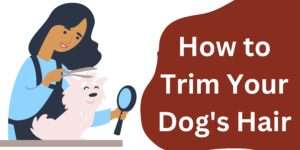

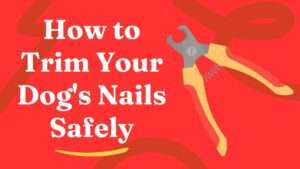







+ There are no comments
Add yours